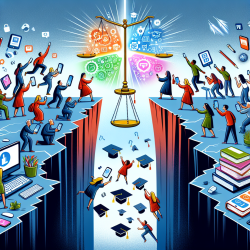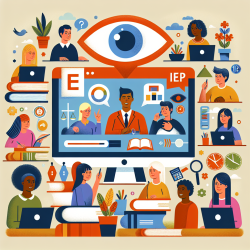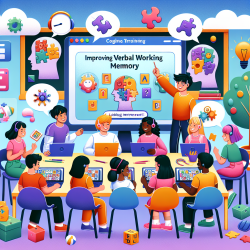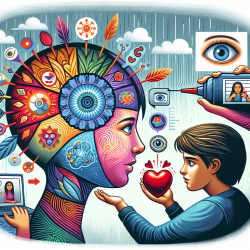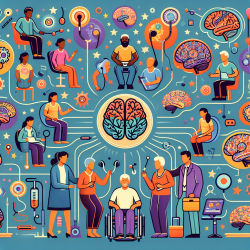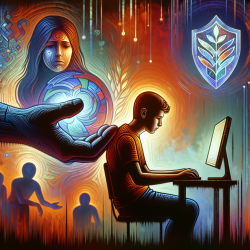The digital landscape in education is rapidly evolving, yet not all students benefit equally from these advancements. The research article "Understanding Digital Inequality: A Theoretical Kaleidoscope" offers a comprehensive look into the multifaceted nature of digital inequality and presents a toolkit for educators to address these challenges.
The Importance of Addressing Digital Inequality
Digital inequality is more than just a lack of access to technology; it encompasses the socio-cultural and economic barriers that prevent equitable participation in digital learning environments. During the COVID-19 pandemic, these inequalities were starkly highlighted as many students struggled to access online education, reinforcing existing disparities.
A Theoretical Kaleidoscope: A New Perspective
The concept of a theoretical kaleidoscope encourages educators to view digital inequality through multiple lenses. This approach allows for a deeper understanding of the underlying power structures and socio-cultural dynamics that contribute to digital disparities. By rotating this kaleidoscope of theories, educators can identify unique patterns and develop targeted strategies to promote equity.
Key Theories in the Kaleidoscope
- Capability Approach: Focuses on expanding individuals' capabilities and freedoms as a measure of justice.
- Theory of Practice: Explores how social and cultural capital influence educational outcomes.
- Cultural-Historical Activity Theory (CHAT): Examines the socio-cultural factors that shape digital tool usage.
- Critical Pedagogy: Encourages using technology for empowerment and agency rather than mere access.
Practical Implications for Educators
Educators can apply these theoretical insights by adopting a critical stance towards technology integration in their classrooms. This involves questioning the neutrality of digital tools and recognizing their potential to perpetuate existing inequalities. By fostering an inclusive environment that values diverse perspectives and experiences, educators can help bridge the digital divide.
Moreover, collaborative efforts among educators, policymakers, and communities are essential to address systemic barriers and create meaningful change. Encouraging further research into digital inequality will also enhance our understanding and ability to implement effective solutions.
Conclusion
The journey towards digital equity in education is complex but necessary. By leveraging insights from "Understanding Digital Inequality: A Theoretical Kaleidoscope," educators can take informed steps towards creating more inclusive learning environments. To read the original research paper, please follow this link: Understanding Digital Inequality: A Theoretical Kaleidoscope.
